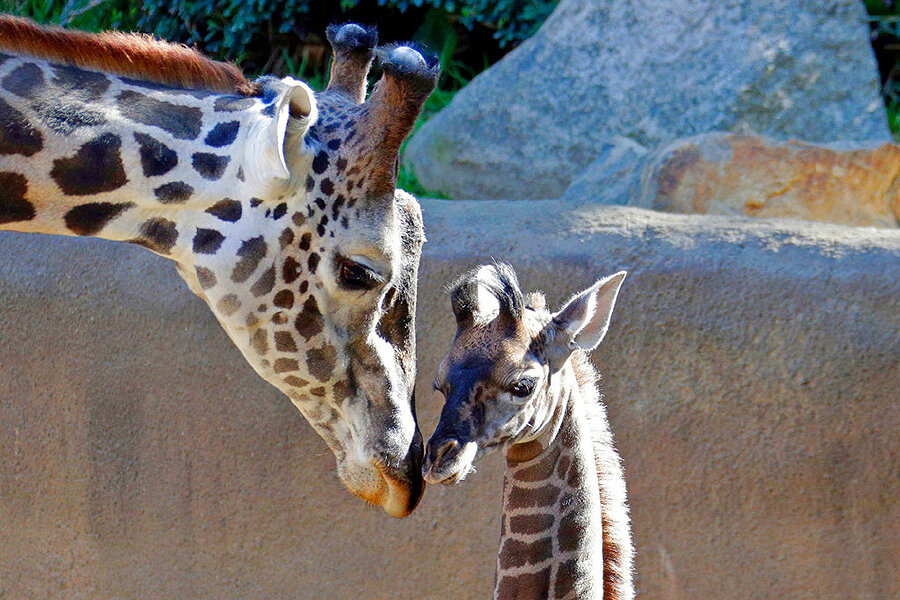Giraffes added to 'vulnerable' list after population shrinks 40 percent
Loading...
With their populations diminishing nearly 40 percent in the past 30 years, the world's tallest land animal is at risk of going extinct, biologists warned on Thursday, as they added giraffes to an official watch list of threatened and endangered species.
Scientists with the International Union for the Conservation of Nature (IUCN) "Red List" had previously described giraffes as among the species in the "least concern" category, but the group announced a reclassification Wednesday at a biodiversity meeting in Mexico, calling giraffes "vulnerable." The group reported that worldwide giraffe populations dropped below 100,000 last year, down from more than 151,000 in 1985, likely because of habitat loss.
"Whilst giraffe are commonly seen on safari, in the media and in zoos, people – including conservationists – are unaware that these majestic animals are undergoing a silent extinction," Julian Fennessy, the co-chair of the IUCN giraffe specialist group, said in a statement. The animals have been under "severe pressure" in parts of central, eastern, and western Africa, he said.
"As one of the world's most iconic animals, it is timely that we stick our neck out for the giraffe before it is too late," Dr. Fennessy added.
A reduction in living space, combined with poaching and disease, could push giraffe populations toward extinction, Fennessy said. In areas like South Sudan, plagued by war and unrest, certain subspecies are almost entirely gone already, as The Washington Post reported. There's a significant financial incentive for poachers: One giraffe can carry more than 600 pounds of meat and valuable skin.
But conservationists say there is still time to turn things around. Chris Ransom from the Zoological Society of London points to conservation efforts already underway elsewhere on the continent as a proof-of-concept, providing a model that could save the giraffe in other areas, as well.
"South Africa is a good example of how you can manage wildlife, there is a lot of moving of animals between different conservation areas, it is a very different scenario than in most of the rest of Africa," Mr. Ransom told the BBC. "I think giraffes can survive, with the right conservation efforts, and we can ensure that the animals do live in the wild. There are a lot of cases of success in conservation. The giraffes could be one."
More good news: Giraffes are easy to love. The 18-foot-tall creatures are among those described by ecologists as "charismatic megafauna" for their likelihood to attract affectionate attention from the public, and who make sympathy-inducing mascots for various conservation campaigns.
But conservationists are not taking a success story for granted. The IUCN, which lists nearly 13,000 species as endangered or critically endangered, brought a call for action to the IUCN World Conservation Congress in September, calling for "an Africa-wide Giraffe Conservation Strategy and Action Plan, as well as to raise global funds to facilitate its development and actions arising from it." The Congress urged members to improve monitoring of giraffe protection areas, both to secure them and to better monitor giraffe populations inside them.
"There's a strong tendency to think that familiar species (such as giraffes, chimps, etc.) must be OK because they are familiar and we see them in zoos," Stuart Pimm, a Duke University conservation biologist who did not take part in the IUCN's work, and has criticized the group for putting too few species on the Red List, told The Associated Press. "This is dangerous."
This report contains material from the Associated Press.








